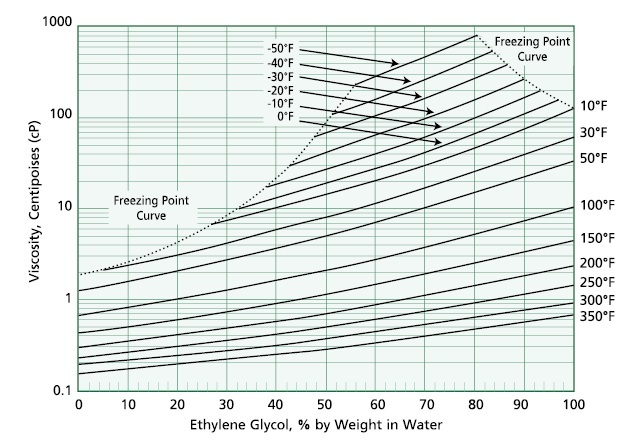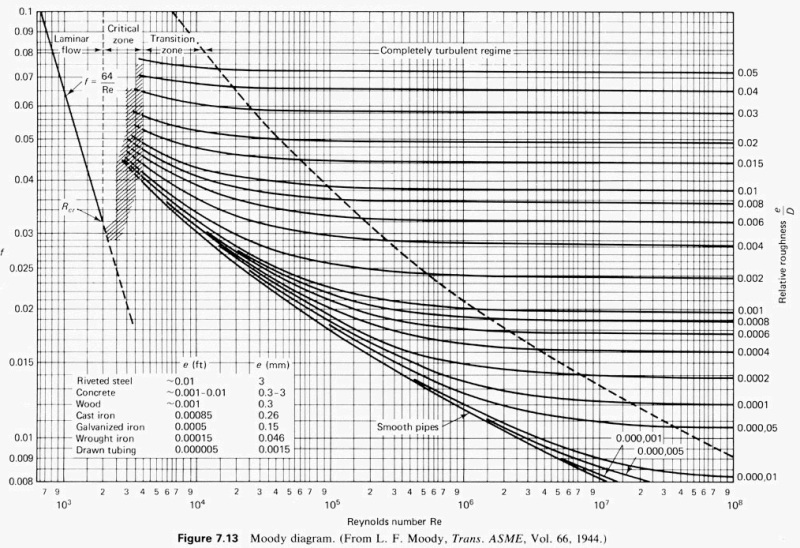If the company you work for is an engineering design company, it has to be able to demonstrate why a particular design option has been selected and developed. This, on many occasions, involves cost-benefit analysis, as well as sensitivity analysis and analysis of exposures to various construction and operational risks. That should be your strongest argument in convincing the client why it is better to chose option A versus option B, even if they strongly prefer option B (just an example). Failing to do so will always make your standpoint (whatever it is) weak, and the client can always insist on a more complicated, expensive, less efficient, or even completely wrong solution, because the engineering design team failed to properly evaluate all options, sensitivities, and risks, and present full argumentation for the final selection to the client.
Ask yourself how robust, flexible, and reliable your current design is. Does it allow Operations to move a bit left, right, up and down, is it sensitive on flowrate, soil temperatures, inlet conditions etc. etc. You don't seem yourself convinced that the design you propose (or the client proposes) is good enough or not, or whether there are better (less costly or more costly options). You need to sit with your team and go through what you have developed so far and see what can you do about it. Because it looks like there is quite a few things that could be done.
Dejan IVANOVIC
Process Engineer, MSChE


